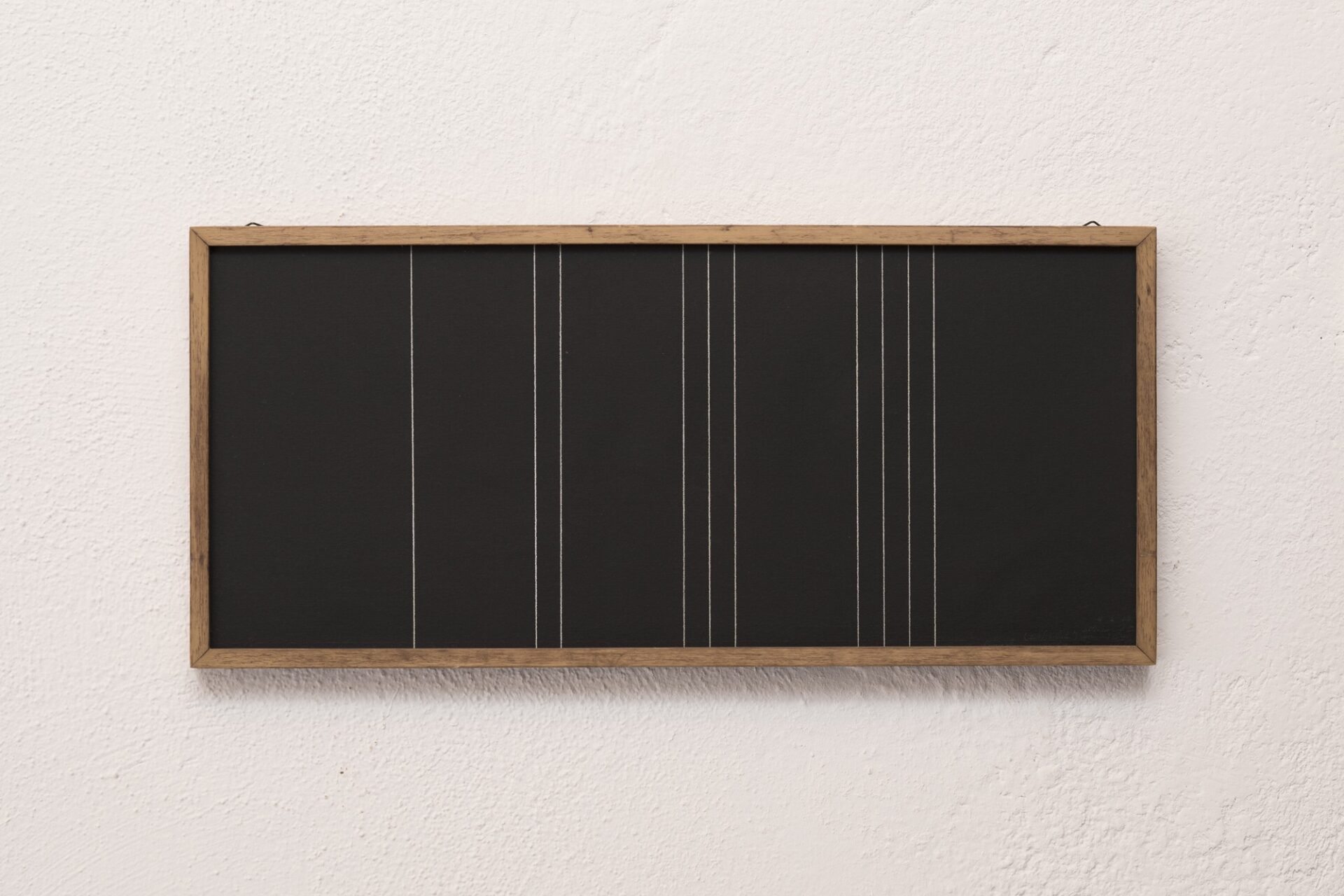Donald Judd met Dan Flavin in 1962 at a gathering in a Brooklyn apartment organized to discuss the possibility of a cooperative artist-run gallery. They exhibited together a year later when their work was included in New Work: Part I at Richard Bellamy’s Green Gallery, New York (January 8–February 2, 1963). As their mutual friend, the artist John Wesley, has said of their friendship, “[the two] became Flavin and Judd for a while. The two names were together.”1
In 1963, Flavin dedicated a proposal for a single vertical tube to William of Ockham, the fourteenth-century English Franciscan theologian associated with the philosophical idea of nominalism, arguing that “reality exists solely in individual things and universals are merely abstract signs.”2 Flavin expanded the piece to the nominal three (to William of Ockham), consisting of groupings of one, two, and three tubes of daylight fluorescent light. For his 1964 exhibition at Green Gallery, Flavin considered expanding the progression to include a fourth grouping of four tubes, although that configuration was never realized in three dimensions.3
